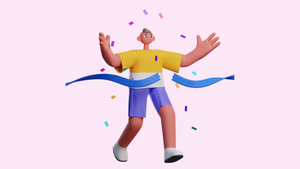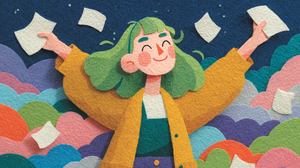The phrase “the future is decided by optimists” reflects the idea that individuals with a positive outlook and the ability to see potential in challenges drive progress and change. Optimists believe in the possibility of improvement, even in uncertain or challenging circumstances. They envision a better future, a future that is not just a dream but a tangible reality waiting to be shaped. Their optimism inspires hope and fuels their determination to make that vision a reality.
By nature, we designers are often inherent optimists—or at least we should be. To design is to imagine something better than what currently exists, to see opportunities for improvement, and to believe that change is possible. We look at a problem or a need and see not just what is but what could be. We always look for ways to improve experiences, solve problems, and improve people’s lives. This attitude requires a sense of hope and belief in the future, even when the path isn’t clear.
“Optimism is the faith that leads to achievement. Nothing can be done without hope and confidence.” — Helen Keller
Optimistic people are more effective
This belief in optimism is supported by research. In Eat That Frog, Brian Tracy discusses Martin Seligman’s twenty-two-year study at the University of Pennsylvania, highlighting optimism’s critical role in success. Optimistic people exhibit behaviors that make them more effective in nearly every area of life. As designers, we can learn from these findings and apply them to our own work, using optimism to improve our everyday lives.
Seligman found that optimism is the most important quality you can develop for personal and professional success. Optimistic people have four key behaviors, all learned through practice and repetition:
- Look for the good in every situation by finding something beneficial, no matter what goes wrong.
- Find the lesson in every setback by believing that difficulties teach valuable lessons and help you grow.
- Focus on solutions by taking action when things go wrong, asking, “What’s the solution?”
- Think and talk about goals by focusing on the future and where you’re going rather than where you’ve been.
You feel more focused and energized when you continually visualize your goals and positively talk to yourself. You experience a greater sense of control and personal power.
Optimism, an example
Sara Blakely, the founder of Spanx, had a simple idea: to create more comfortable and flattering undergarments for women. Although she wasn’t an expert in fashion design or had connections in the garment industry, she believed her idea could make a difference.
Blakely maintained a positive outlook and was convinced there was a market for her product, even when others doubted her vision. She enthusiastically embraced every challenge, seeing setbacks as learning opportunities and growth. When faced with rejection from manufacturers, she remained upbeat, believing that someone would eventually see the potential in her idea. Her optimism kept her energized and creative throughout the journey, allowing her to pitch her product confidently and passionately.
Eventually, her positive attitude and belief in her vision paid off when a manufacturer took a chance on her. Spanx went on to become a billion-dollar brand, revolutionizing the shapewear industry. Blakely’s story is a testament to the power of optimism, not just persistence, in bringing a new idea to life.
Optimism is key to creativity
Optimism motivates us to ask “What if?” and explore new ideas without being limited by existing constraints or what the present moment tells us. Optimism inspires us to tackle challenges and believe our work can make a meaningful difference. In a constantly changing world, an optimistic mindset helps us move forward, adapt, develop ideas, and create a better world.
Optimism vs. toxic positivity
While optimism can be a powerful tool for motivation, creativity, and overall well-being, it’s important to distinguish it from toxic positivity. Optimism acknowledges challenges and setbacks while holding onto hope for improvement. Toxic positivity denies or downplays negative emotions and experiences. As designers, embracing optimism means recognizing the potential for change while staying realistic about our difficulties. It’s not about ignoring obstacles but believing in our ability to overcome them.
How to be more optimistic
- Take care of your physical health by prioritizing regular exercise, adequate sleep, and a balanced diet.
- Reframe negative thoughts by consciously turning them into positive ones, challenging their validity, and replacing them with balanced interpretations.
- Practice gratitude by keeping a gratitude journal, sharing three things you’re grateful for daily, or reflecting on positive experiences before bed. Check out my favorite gratitude journal. 📔
- Surround yourself with positive people with a positive attitude, encouraging and inspiring you to be your best.
- Limit negative media exposure by setting boundaries on news consumption, seeking uplifting content, and balancing negative news with positive stories.
- Focus on solutions by identifying actionable steps to address challenges, breaking down large problems into smaller tasks, and celebrating small victories.
- Visualize success by imagining positive outcomes, creating a vision board, and using positive affirmations to build an optimistic mindset.
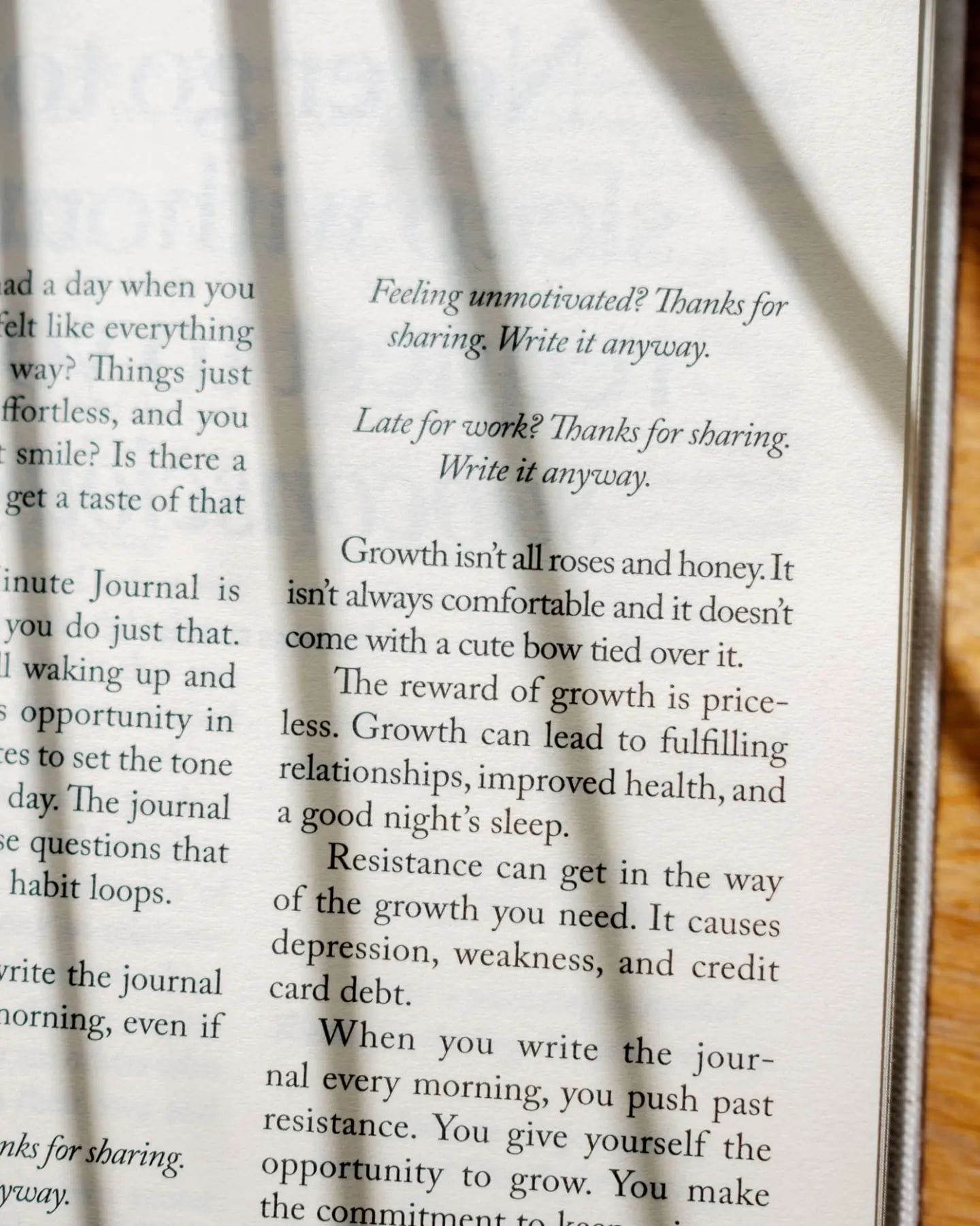
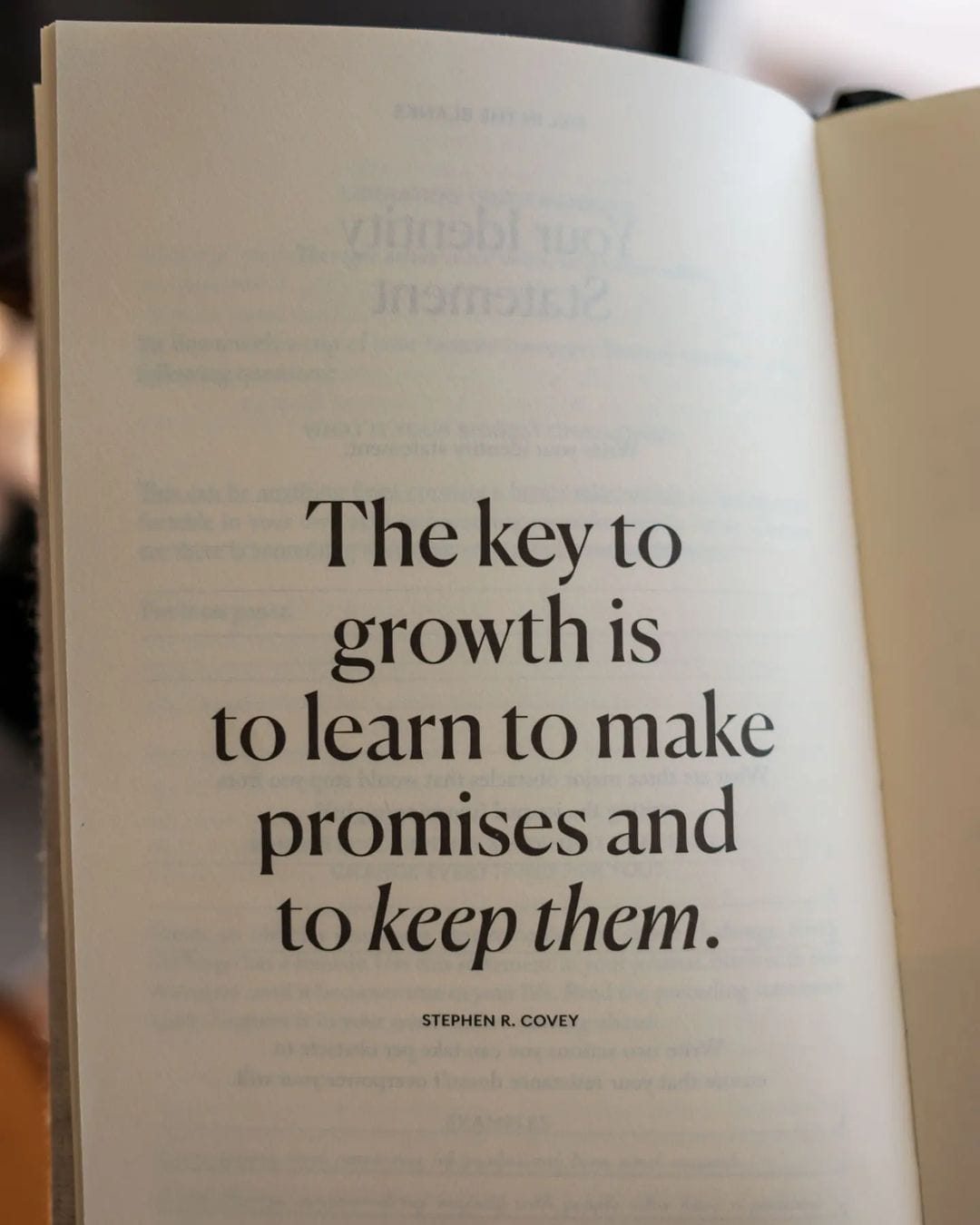
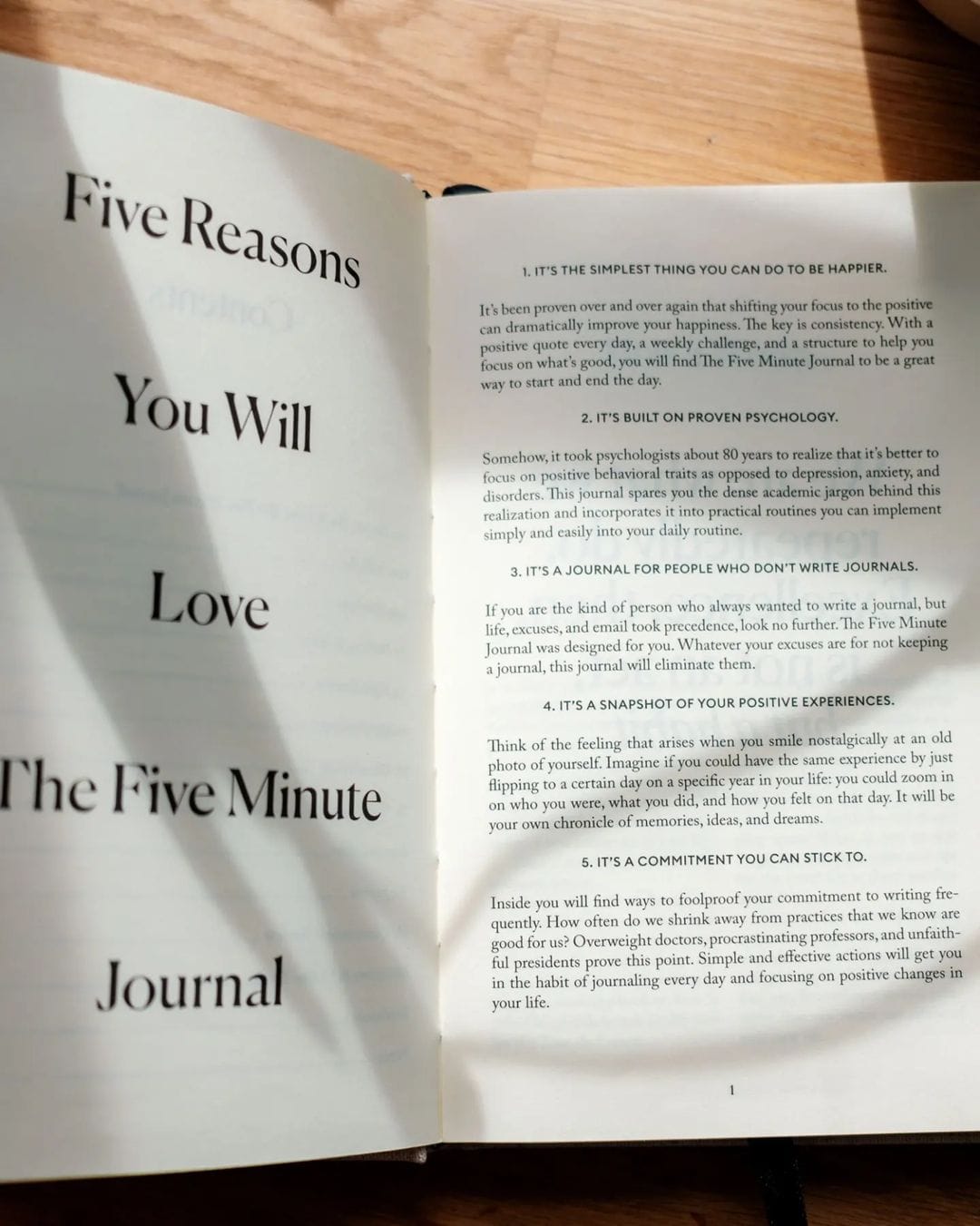
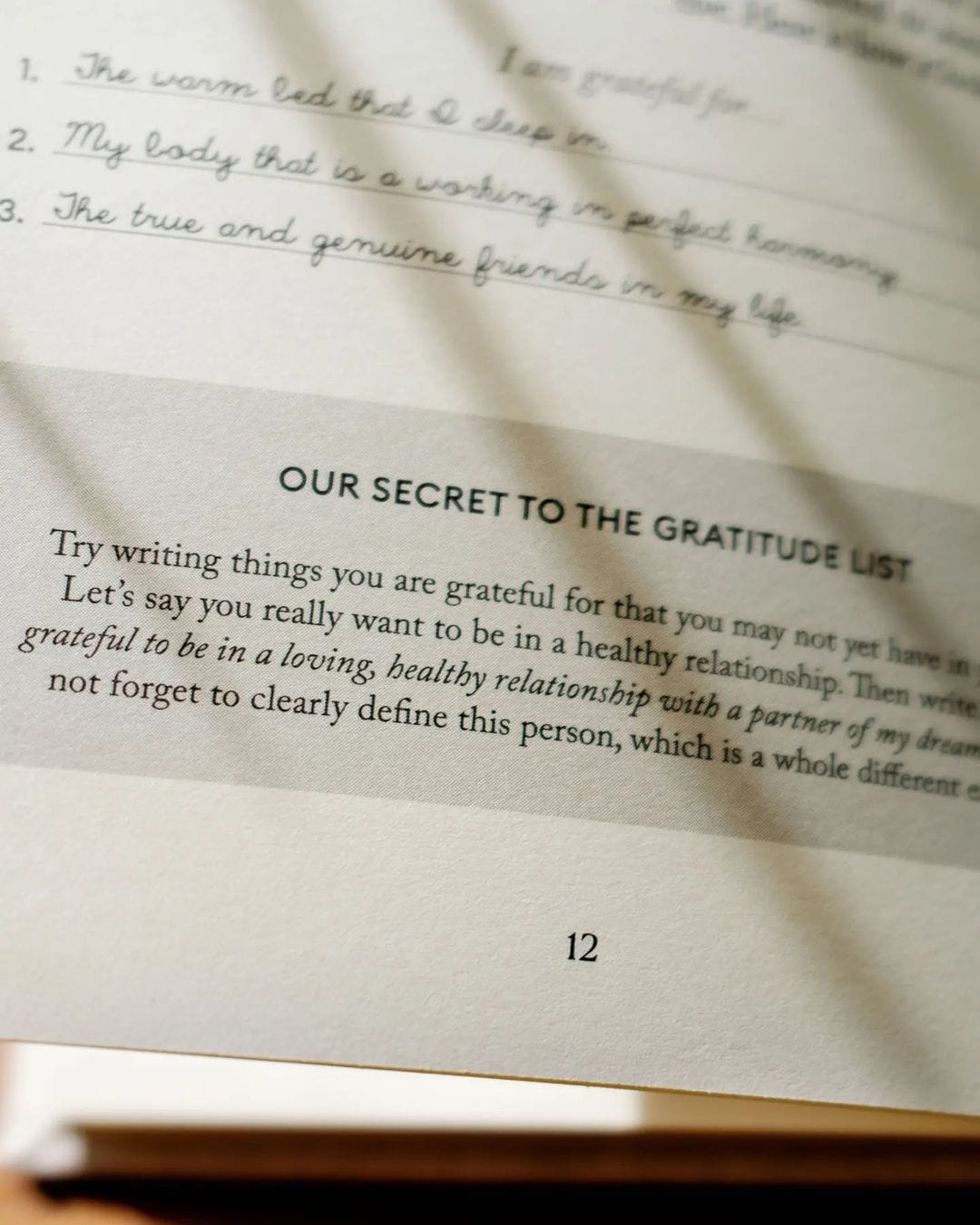
Ultimately, the future is shaped by those who believe in it enough to act on their ideas. With their focus on imagining and creating better outcomes, Designers are not just natural optimists, but also significant contributors to shaping the future.



